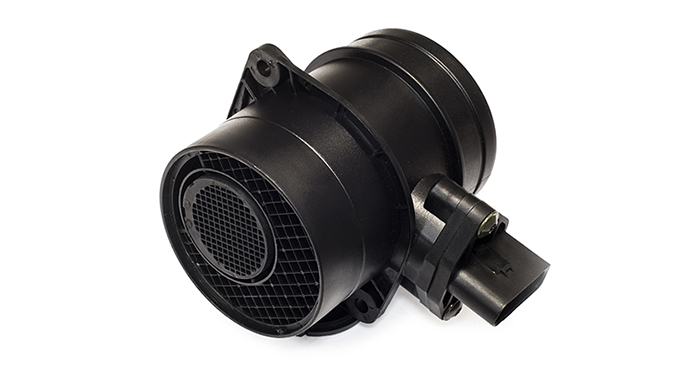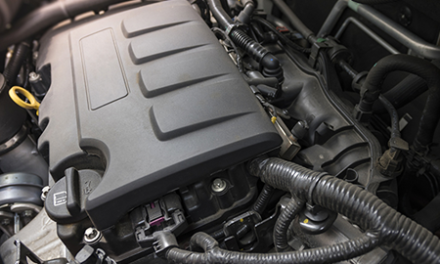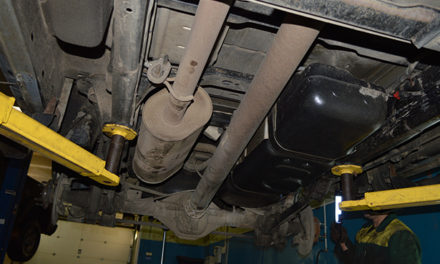As we’ve discussed in a previous post, the mass airflow (MAF) sensor measures the volume of air entering the engine so the Engine Control Unit (ECU) can calculate how much gasoline is needed to deliver the proper fuel-air ratio. Sometimes, however, a malfunction in this little instrument can lead to big problems, usually resulting in very poor engine performance.
What Are The Symptoms Of A Faulty Mass Air Flow Sensor?
Signs of a bad MAS sensor may mimic problems such as low vacuum, low compression, or low fuel pressure due to a bad fuel pump. The most common symptoms of a malfunctioning MAS sensor include:
- The engine is hard to start or has trouble turning over
- The engine stalls soon after starting
- The engine drags or hesitates when idle or under load
- The engine hesitates and jerks during acceleration
- The engine hiccups
- The engine displays unusually lean or rich idling
If you suspect that your MAF sensor is problematic, run a complete computer diagnostic. A bad MAF sensor will generate a particular code, so it’s easy to tell whether this is the source of your car troubles.
Will Cleaning My Mass Airflow Sensor Help?
Sure! To prolong your MAF sensor’s performance and lifespan, clean it either every time you change the oil, every six months, or every time you clean or change your air filter. Here’s a rundown of how to clean a dirty MAF sensor:
- Remove the MAF sensor. Open your vehicle’s airbox and use a flathead screwdriver to pull it out, but make sure you don’t touch the wires–they break easily, and a replacement could cost over $100.
- Clean your sensor. You have two options here. The cheaper option is to put the sensor in a plastic bag with rubbing alcohol; move the bag around so that the alcohol washes off the grime and dirt. The more sophisticated option is to buy a MAF sensor cleaner from an auto parts store and spray it onto the sensor.
- Dry and reinstall the MAF sensor.
Whichever cleaning method you use, let the sensor air-dry for at least 20 minutes. If the sensor isn’t completely dry when you reinstall it, then it could become damaged. When you’re sure it’s dry, simply replace the sensor in the air box.







![[Vehicle Fitment]: Compatible with Lexus ES300 2002-2003 V6 3.0L, ES330/RX330 2004-2006 V6 3.3L, RX400h 2006-2008 V6 3.3L; Compatible with Toyota Camry 2002-2006 V6 3.0L, Camry 2004-2006 V6 3.3L, Highlander 2004-2007 V6 3.3L, Sienna 2004-2006 V6 3.3L...](https://m.media-amazon.com/images/I/419FzReBLkL._SL100_.jpg)



![[Vehicle Fitment-1]: Compatible with Ford Explorer 2006-2009 V8 4.0L V8 4.6L, Explorer Sport Trac 2007-2009 V8 4.0L V8 4.6L [Vehicle Fitment-2]: Compatible with Mercury Mountaineer 2006-2009 V8 4.0L V8 4.6L [Reference Number]: 6L2Z9H307A, 6L2Z9H307AA...](https://m.media-amazon.com/images/I/41YqksjjiML._SL100_.jpg)
Very nice, clear explanations about the roles of various sensors thanks. I was particularly hoping to find something that would help me to target the sensor/s most likely to be causing my motorcycle throttle to behave like an on/off switch. This occurs when engine is nice and hot, at highway speeds (hence top two gears, 5th and 6th) and ONLY when engine is under little or no load (neutral throttle), ie: coasting, downhills and drafting).